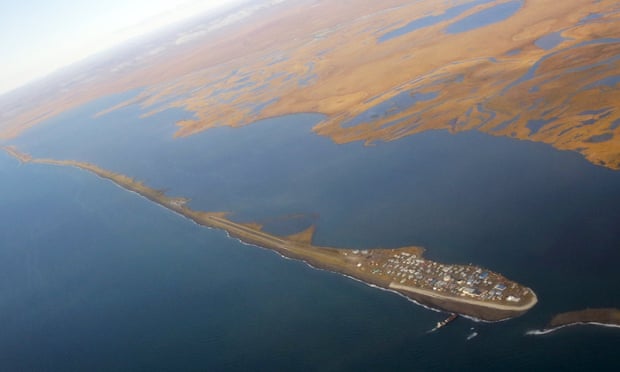Application deadline: February 15, 2017
This is a six-month internship for individuals interested in entering a conservation graduate program specializing in Native American ethnographic and archaeological objects: organic and inorganic materials.
Requirements: Undergraduate degree in art, history, anthropology, or other field related to Native American ethnographic and archaeological material and a 3.0 GPA or better required. Organic chemistry highly recommended.
Internship carries a stipend, commences Fall 2017, and is located in Suitland, MD.
Deadline: Online applications must be submitted no later than February 15, 2017. Notification by April 30, 2017. For additional information about how to register and apply via the Smithsonian Online Academic Appointment system, please visit: http://nmai.si.edu/explore/collections/conservation/training/#ctpi
Tag: Native American
Joint 44th AIC Annual Meeting and 42nd CAC-ACCR Conference – Objects Session, May 17, "Facing the Past for Action in the Future: Cultural Survival in Native America", by Kelly McHugh
The official theme of the joint 44th AIC Annual Meeting and 42nd CAC-ACCR Conference was “Emergency! Preparing for Disasters and Confronting the Unexpected in Conservation”, however, a series of talks diverged from the theme, discussing instead the role of the conservation profession in supporting social inequality and established colonial structures: Kelly McHugh’s was one such dark horse.
She began her talk with the disclaimer that her talk would contain much self-reflection. This proved a successful approach to a difficult topic, the marginalization of Native Americans within the United States of America (Canada’s crimes against First Nations groups were not addressed). By expressing her position within the framework of her own experiences, McHugh made her message approachable, sharing blame in the problems she brought to light. As McHugh noted, conversations on reconciliation can be difficult as they bring up paralyzing feelings of discomfort, anxiety, and guilt. She stressed that in addressing injustices, it may feel to Americans that the legitimacy of the origin myth of the USA as the Land of the Free is undermined – an idea expressed by Walter Echo-Hawk in his book, “In the Light of Justice”.

McHugh began by discussing Tellico Lake, TN where she and her family vacation. Until recently she was unaware that the lake, created as a result of the construction of the Tellico dam, covered two sacred Cherokee sites, Chota and Tanasi. The construction of the dam, which was delayed for years due to an endangered fish called the snail darter, was not hindered at all by the sacred status of the sites, which were later commemorated through the naming of golf courses and the creation of a lakeside memorial. Tying her talk into the overarching conference theme, McHugh pointed to the irony of those responsible memorializing destroyed sites lost through an intentional, man-made disaster. McHugh went on to emphasize the significance of her own ignorance of Chota and Tanasi as symptomatic of the societal blindness to aboriginal issues, which was particularly uncomfortable for her after 19 years of employment at the National Museum of the American Indian.

She then directed the audience’s attention to other sacred Native sites harmed in the interest of industry and tourism. She addressed the inadequacies of the American Indian Religious Freedom Act of 1978 and the National Historic Preservation Act of 1966, even noting that the Native American Graves Protection and Repatriation Act of 1990 fails to give First Nations tribes the right to completely barre all disturbance of sacred sites. She highlighted one location successfully protected from development for an army training facility, Medicine Bluff, which was done so by culturally educating the judge in the case, by inviting him to the site and having him walk with a religious leader. She also cited current threats to Native American heritage, notably encroaching sea levels from climate, requiring the displacement of tribal villages.

Stressing the inherent connection between human rights and authority over cultural patrimony, McHugh showed the importance of generating awareness of these issues all the while not separating Native history from our own. McHugh called for true collaboration between museums and native communities, noting that NMAI was getting closer to such a relationship and highlighting other significant organizations like the School for Advanced Research and the Association of Tribal Archives, Libraries, and Museums. She suggested the use of listening sessions and the creation of collaborative collections care initiatives to allow for sharing in the responsibilities of problem-solving on equal ground.
Overall, the message McHugh delivered was an important one – that as conservators we need to do more to recognize and respect the essential connection between cultural heritage and community, that we cannot ignore the human element in favour of remaining a neutral observer to the struggle for recognition of human rights for First Nations peoples. There is no neutral position, inaction and ignorance only support the inequality founded on colonialism and racism. McHugh gave an important call to action: true collaboration or bust!
